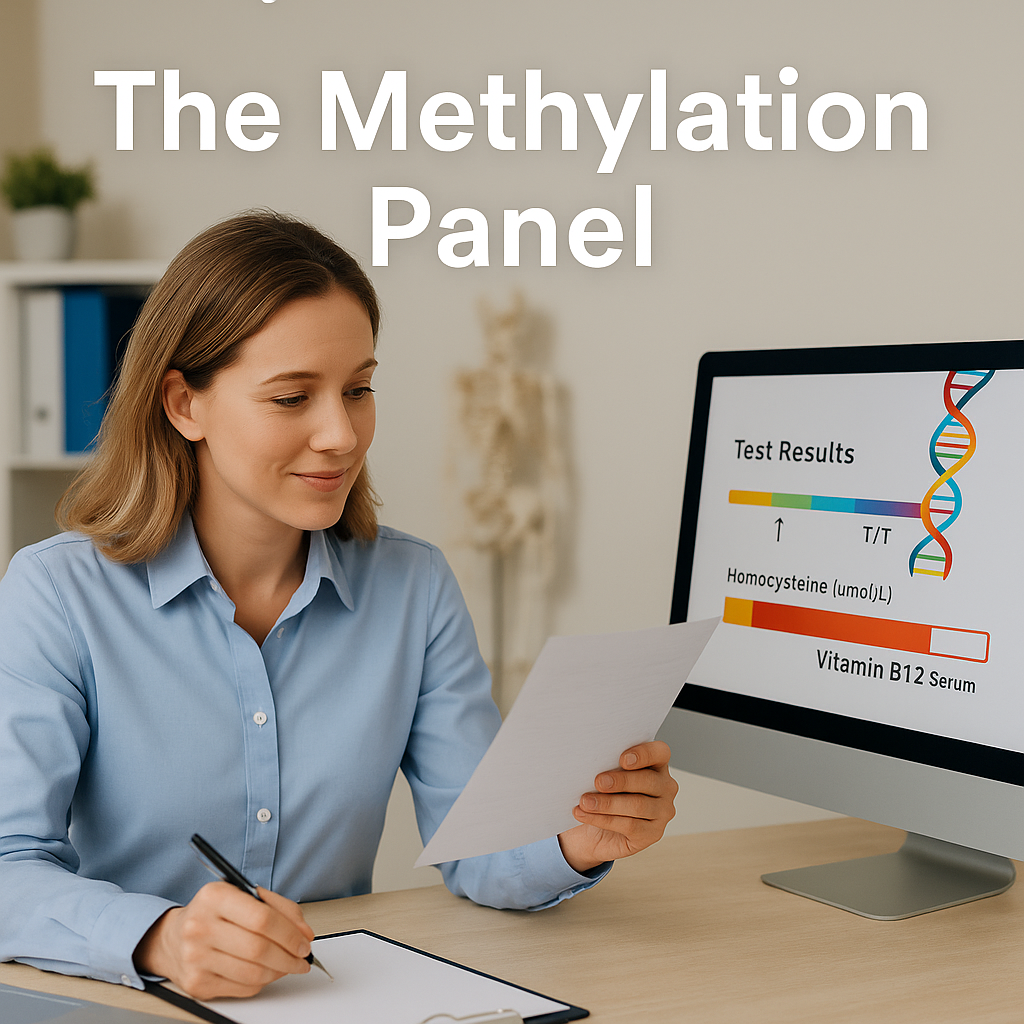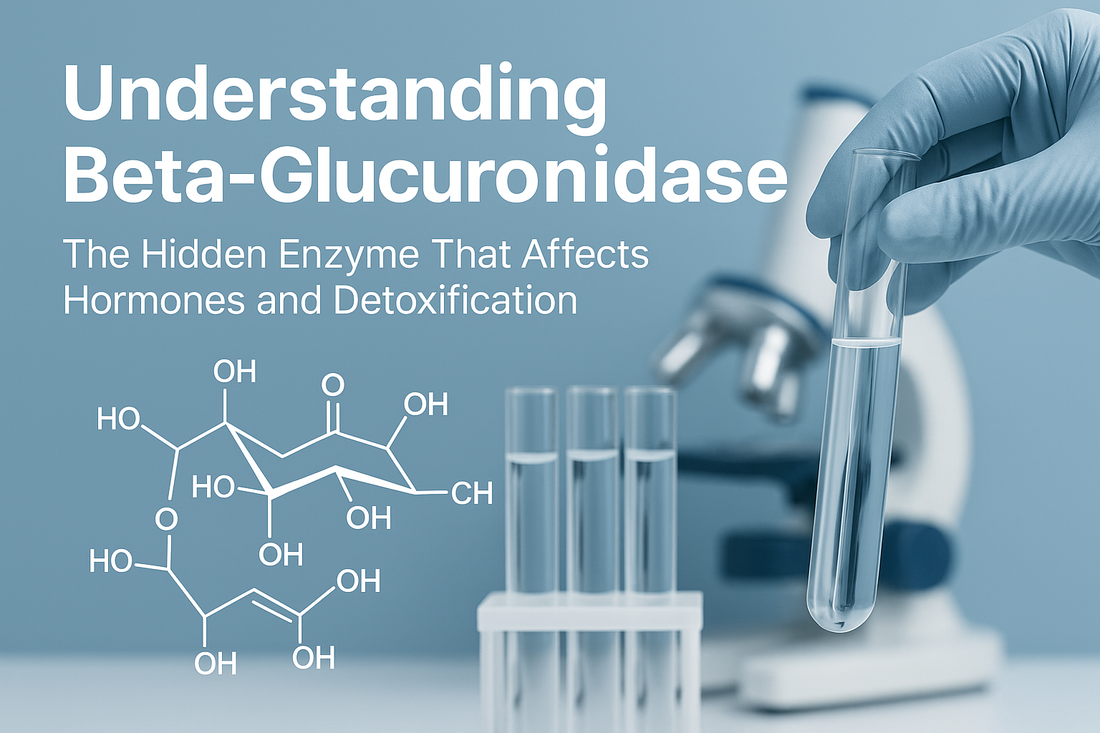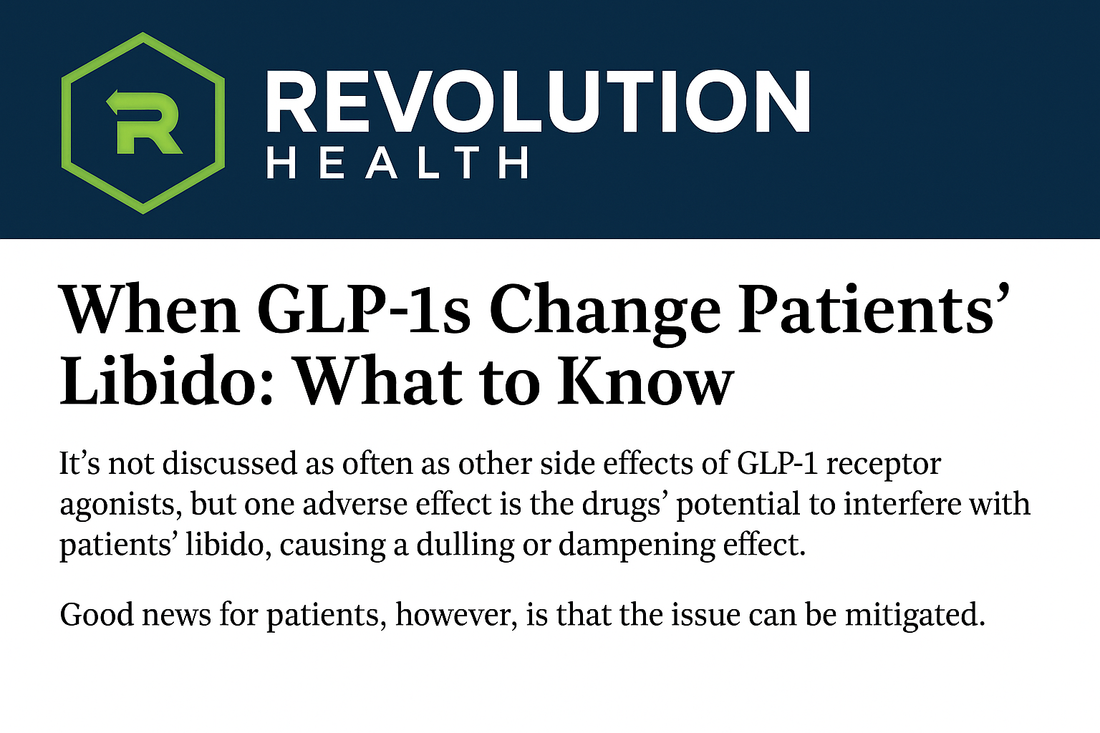
CJC-1295 and Tesamorelin deliver impressive results—but continuous use can cause receptor fatigue. Learn why cycling every 60–90 days, with MK-677 as a bridge, is the...

Benign Paroxysmal Positional Vertigo (BPPV) is a common, treatable cause of spinning dizziness. This comprehensive guide explains symptoms, diagnosis, causes, and step-by-step home treatment maneuvers...

For years, breast cancer survivors were told to avoid hormone therapy. But new evidence shows that estrogen therapy—especially when personalized—can be safe and even protective...

The Methylation Panel offers a comprehensive look at how your genes, nutrients, and biochemical pathways influence detoxification, hormone balance, and cellular health—helping you optimize energy,...

Beta-glucuronidase plays a key role in detoxification and hormone metabolism. When elevated, it can increase estrogen dominance, toxin buildup, and inflammation. Learn what raises it—and...

Libido changes on GLP-1 medications such as semaglutide, tirzepatide, and retatrutide are uncommon but real. Discover what causes them and how functional medicine and peptides...